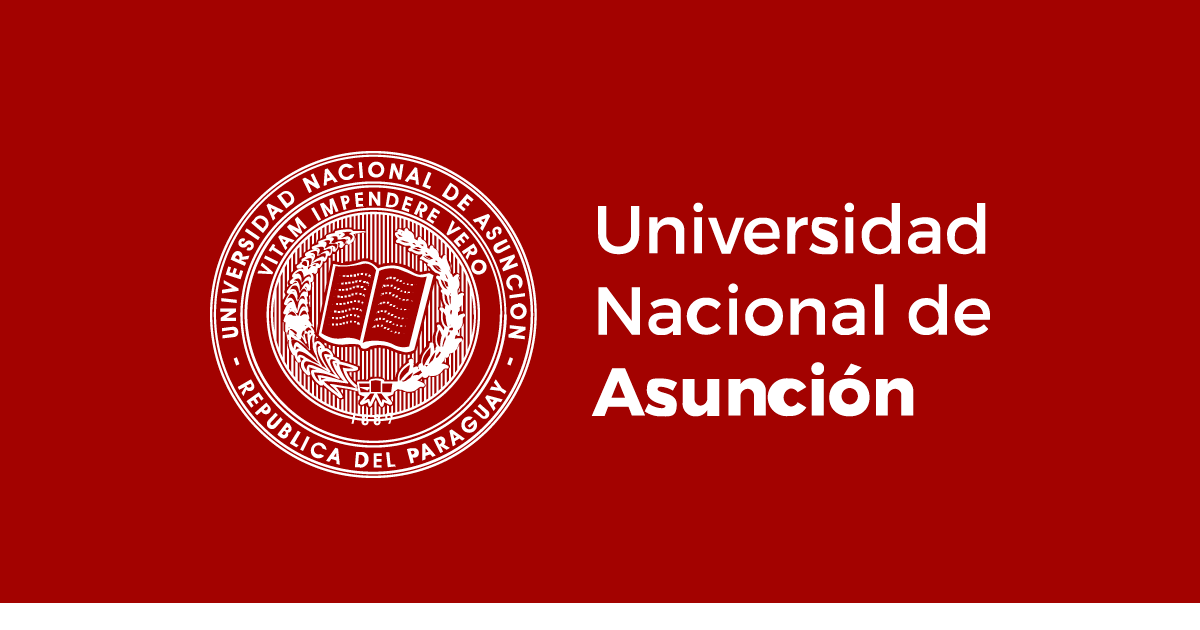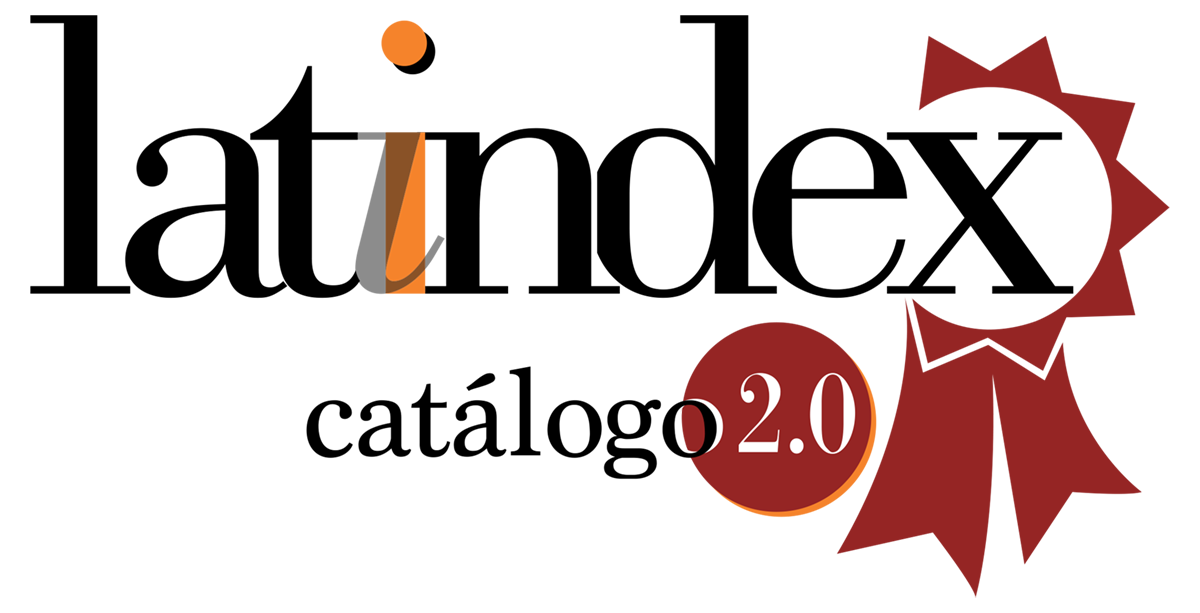Identificación de líneas de tomates silvestres tolerantes a salinidad en germinación y plántula
DOI:
https://doi.org/10.57201/IEUNA2312777Palabras clave:
Solanum lycopersicum, Solanum spp., estrés salino, recursos fitogenéticos.Resumen
Los recursos genéticos de los tomates silvestres (Solanum spp.) han demostrado ser valiosos reservorios de genes de tolerancia al estrés biótico y abiótico. Dado el aumento de áreas agrícolas con incidencia de salinidad, es necesario identificar genes de tolerancia para ser transferidos a variedades comerciales. El objetivo de esta investigación fue identificar líneas con tolerancia a la salinidad en poblaciones silvestres nativas. Se evaluaron 96 líneas bajo dos concentraciones de NaCl (0 y 150 mM) durante las etapas de germinación y de plántula. Durante la germinación se evaluó el porcentaje de germinación y de plántulas normales, así como el índice de velocidad de germinación. Un total de 11 líneas mostraron tolerancia al estrés salino. En la etapa de plántula se evaluaron 41 líneas seleccionadas por su respuesta durante la germinación y se cuantificó el peso fresco y seco de la raíz y parte aérea, contenido relativo de agua, altura de la planta y longitud de la raíz. En esta etapa se identificaron 6 líneas que mostraron mayor tolerancia a la salinidad. Las líneas identificadas con tolerancia a la salinidad se pueden utilizar como recursos en programas de mejoramiento genético.
Descargas
Referencias
Aini, N., Dwi Yamika, W. S. & Setiawan, A. (2017). The role of salt (NaCl) stress on seed germination, growth and proline content of some tomato varieties. Journal of Applied Horticulture, 19(3), 245-248. http://www.horticultureresearch.net/
Aini, N., Mapfumo, E., Rengel, Z. & Tang, C. (2012). Ecophysiological responses of Melaleuca species to dual stresses of water logging and salinity. Int. J. Plant Physiol. Biochem., 4(4): 52-58. doi: 10.5897/IJPPB11.032
Casierra-Posada, F., Arias-Aguirre, J. A. & Pachón, C. A.. (2013). Efecto de la salinidad por NaCl en híbridos de tomate (Lycopersicon esculentum Miller). Orinoquia, 17 (1), 23-29 http://ref.scielo.org/bn7y2y
Chakma, P., Hossain, M. M. & Rabbani, M. G. (2019). Effects of salinity stress on seed germination and seedling growth of tomato. Journal of the Bangladesh Agricultural University, 17(4), 490-499. https://doi.org/10.3329/jbau.v17i4.44617
Cortés, V. G., Alanoca, P. N. & Llave, M. C. (2014). Efecto de la salinidad sobre la germinación y crecimiento vegetativo de plantas de tomate silvestres y cultivada. Interciencia: Revista de ciencia y tecnología de América, 39(7), 511-517. https://www.redalyc.org/articulo.oa?id=33931446010
Devi, N. D. & Arumugam, T. (2019). Screening of tomato genotypes at various levels of salinity. Journal of Pharmacognosy and Phytochemistry, 8(3), 3199-3201. http://www.phytojournal.com/archives/2019/vol8issue3/PartAT/8-3-219-706.pdf
Estrada-Trejo, V., Lobato-Ortiz, R., García-de los Santos, G., Carrillo-Castañeda, G., Castillo-González, F., Contreras-Magaña, E., Ayala-Garay, O. J., De la O Olan, M. & Artola Mercadal, A. (2014). Diversidad de poblaciones nativas de jitomate para germinación en condiciones salinas. Revista mexicana de ciencias agrícolas, 5(6), 1067-1079. doi:10.29312/remexca.v5i6.890
Flores-Hernández, L. A., Lobato-Ortiz, R., García-Zavala, J. J., Molina-Galán, J. D., Sargerman-Jarquín, D. M. & Velasco-Alvarado, M. D. J. (2017). Parientes silvestres del tomate como fuente de germoplasma para el mejoramiento genético de la especie. Revista Fitotecnia Mexicana, 40(1), 83-91.https://doi.org/10.35196/rfm.2017.1.83-91
Foolad, M. R, Lin, G. Y. & Chen, F.Q. (1999). Comparison of QTLs for seed germination under nonstress, cold stress and salt stress in tomato. Plant Breed 118(2), 167–173. https://doi.org/10.1046/j.1439-0523.1999.118002167.
Goykovic Cortés, V. & Saavedra del Real, G. (2007). Algunos efectos de la salinidad en el cultivo del tomate y prácticas agronómicas de su manejo. Idesia (Arica), 25(3), 47-58. http://dx.doi.org/10.4067/S0718-34292007000300006
Hajiboland, R., Aliasgharzadeh, A., Laiegh, S. F. & Poschenrieder, C. (2010). Colonization with Arbuscular mycorrhizal fungi improve salinity tolerance of tomato (Solanum lycopersicum L.) plants. Plant and Soil., 331(1), 313-327. https://doi.org/10.1007/s11104-009-0255-z
Horie, T., Karahara, I. & Katsuhara, M. (2012). Salinity tolerance mechanisms in glycophytes: an overview with the central focus on rice plants.Rice Sci. 5(1),11-24. doi:10.1186/1939-8433-5-11
Hotelling, H. (1951). A generalized t test and measure of multivariate dispersion. Proceedings of the Second Berkeley Symposium on Mathematical Statistics and Probability. Berkeley, California: University of California Press https://projecteuclid.org/download/pdf_1/euclid.bsmsp/1200500217
Kaveh, H., Nemati, H., Farsi, M. & Jartoodeh, S.V. (2011) How salinity affect germination and emergence of tomato lines. J Biol Environ Sci 5(15), 159–163 http://jbes.uludag.edu.tr/.../mak07.pdf
Lamz Piedra, A. & González Cepero, M. C. (2013). La salinidad como problema en la agricultura: la mejora vegetal una solución inmediata. Cultivos Tropicales, 34(4), 31-42. http://scielo.sld.cu/scielo.php?script=sci_arttext&pid=S0258-59362013000400005&lng=es&tlng=es
Lara, F. S., Vallejo, P. R., García, P. S., Villa, M. S., Muñoz, M. L., Rodríguez, J. C. C. & Segovia, C. P. (2015). Tolerancia de líneas nativas de tomate (Solanum lycopersicum L.) a la salinidad con NaCl. Interciencia, 40(10), 704-709. https://www.redalyc.org/pdf/339/33941643009.pdf
Liedl, B. E., Labate, J. A., Stommel, J. R., Slade, A. & Kole, C. (2013). Genetics, Genomics, and Breeding of Tomato. Science Publishers Inc. USA. 520 p.
Magallanes-López, A. M., Damián, T. M., Castellanos, J. S., Flores, L. J. P., Montes, I. M. M. & Pérez, J. E. R. (2020). Calidad poscosecha de 40 poblaciones de tomate (Solanum lycopersicum l.) nativas de México. Agrociencia, 54(6), 779-795. https://doi.org/10.47163/agrociencia.v54i6.2184
Maguire, J. D. (1962). Speed of germination, aid in selection and evaluation of seedling emergence vigor. Crop Science, 2,176-177. https://dl.sciencesocieties.org/publications/cs/abstracts/2/2/CS0020020176
Marín-Montes, I. M., Rodríguez-Pérez, J. E., Sahagún-Castellanos, J., Hernández-Ibáñez, L. & Velasco-García, Á. M. (2016). Variación morfológica y molecular de 55 colectas de tomate nativo de México. Revista Chapingo. Serie horticultura, 22(2), 117-132. https://doi.org/10.5154/r.rchsh.2016.03.008.
Morales, D., Dell'Amico, J., Rodríguez, P., Torrecillas, A. & Sánchez-Blanco, M. D. J. (2010). Efecto del estrés por NaCl en el crecimiento y las relaciones hídricas en plantas de tomate (Solanum lycopersicum L.) durante el periodo vegetativo. Cultivos tropicales, 31(4), 76-81. https://www.redalyc.org/articulo.oa?id=193218885010
Munns, R. (2005). Genes and salt tolerance: bringing them together. New Phytol. 167(3), 645– 63 https://doi.org/10.1111/j.1469-8137.2005.01487.x
Munns, R. & Tester, M. (2008). Mechanisms of salinity tolerance. Annu. Rev. Plant Biol., 59, 651-681. https://doi.org/10.1146/annurev.arplant.59.032607.092911
Núñez-Colín, C. A. & Escobedo-López, D. (2011). Uso correcto del análisis clúster en la caracterización de germoplasma vegetal. Agronomía mesoamericana, 22(2), 415-427. doi:10.15517/am.v22i2.8746
Parihar, P., Singh, S., Singh, R., Singh, V. P. & Prasad, S. M. (2014). Effect of salinity stress on plants and its tolerance strategies: a review. Environmental Science and Pollution Research, 22(6), 4056-4075. https://doi.org/10.1007/s11356-014-3739-1
Ruiz Espinoza, F. H., Villalpando Gutiérrez, R. L., Murillo Amador, B., Beltrán Morales, F. A. & Hernández Montiel, L. G. (2014). Respuesta diferencial a la salinidad de genotipos de tomate (Lycopersicon esculentum Mill.) en primeras etapas fenológicas. Terra latinoamericana, 32(4), 311-323. http://ref.scielo.org/yq4cm6
Singh, J., Sastry, D. & Singh, V. (2012). Effect of salinity on tomato (Lycopersicon esculentum Mill.) during seed germination stage. Physiology and molecular biology of plants: an international journal of functional plant biology. 18, 45-50. doi: 10.1007/s12298-011-0097-z
Statistical Analysis System (SAS Institute). (1983). SAS technical report A108. Cubic clustering criterion. Cary, N.C. USA, https://support.sas.com/documentation/onlinedoc/v82/techreport_a108.pdf
Tahir, M., Zafar, M. M., Imran, A., Hafeez, M. A., Rasheed, M. S., Mustafa, H. S. B., Ullah, A., Saad, H. M. & Mustafa, B. (2018). Response of tomato genotypes against salinity stress at germination and seedling stage. Nat. and Sci, 16(4), 10-17. doi:10.7537/marsnsj160418.03.
Van Zelm, E., Zhang, Y. & Testerink, C. (2020). Salt Tolerance Mechanisms of Plants. Annual Review of Plant Biology, 71(1). doi:10.1146/annurev-arplant-050718-100005
Yurtseven, E., Kesmez G. D. & Ünlükara, A. (2005). The effects of water salinity and potassium levels on yield, fruit quality and water consumption of a native central Anatolian tomato species (Lycopersicon esculentum). Agric Water Manage, 78(1-2): 128–135 https://doi.org/10.1016/j.agwat.2005.04.018
Zhu, J. K. (2001) Plant salt tolerance. Trends Plant Sci, 6(2),66–7. https://doi.org/10.1016/S1360-1385(00)01838-0
Publicado
Número
Sección
Licencia
Derechos de autor 2023 Julio Cesar Vazquez Hernandez; José Oscar Mascorro Gallardo, Juan Enrique Rodrigues Pérez, Jaime Sahagún Castellanos, José Luis Rodriguez de la O (Autor/a)

Esta obra está bajo una licencia internacional Creative Commons Atribución 4.0.



















